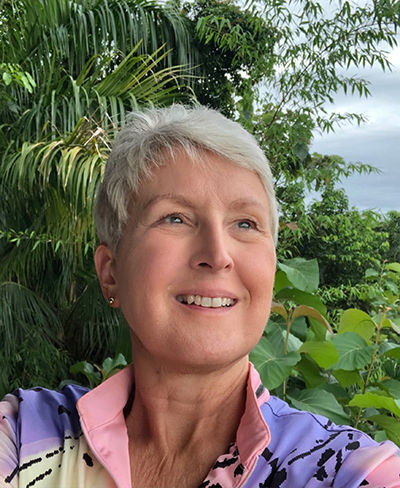Excited to share that Speak & Play is now live! This new platform, built on NSF-funded technology, gives families real feedback on children’s speech and language right from home. Parents upload short audio clips of their child speaking, and get personalized, research-backed ideas for supporting language growth: no diagnostic labels, just practical help.
Speak & Play offers accessible, clinician-designed tools for early intervention and ongoing language support. Our goal is to bridge the gap for families, clinics, and schools facing long waitlists or limited specialist access. The platform is ready to use, and we’re always open to feedback from SLPs, educators, and parent advocates.
If you’d like to learn more, connect with me or visit https://speakandplay.ai. Let’s help more families find the support they need, when they need it.
Excited to share that Speak & Play is now live! This new platform, built on NSF-funded technology, gives families real feedback on children’s speech and language right from home. Parents upload short audio clips of their child speaking, and get personalized, research-backed ideas for supporting language growth—no diagnostic labels, just practical help.
Speak & Play offers accessible, clinician-designed tools for early intervention and ongoing language support. Our goal is to bridge the gap for families, clinics, and schools facing long waitlists or limited specialist access. The platform is ready to use, and we’re always open to feedback from SLPs, educators, and parent advocates.
If you’d like to learn more, connect with me or visit https://speakandplay.ai. Let’s help more families find the support they need, when they need it.














